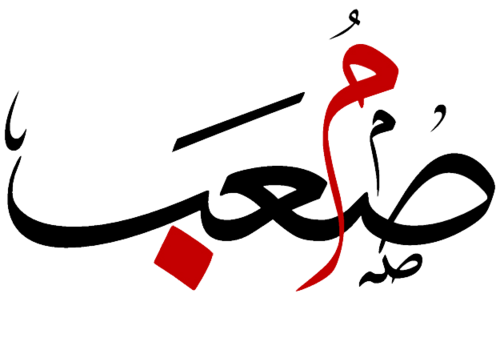Window Based Pulse Shaping Technique for DVB-T System

Abstract
Digital Video Broadcasting (DVB) is an international standard for digital television services. Many versions of DVB are available for commercial use including DVB-H, DVB-S, DVB-C, DVB-T, and DVB-IPTV. In this paper, we focus on the performances of DVB-T system. In DVB-T system Orthogonal Frequency Division Multiplexing (OFDM) has been used. The OFDM can minimize Inter Symbol Interference (ISI) and hence it is considered suitable for coping with multipath fading. Like all other OFDM based systems DVB-T signal has some limitations too namely large dynamic range of the signals, sensitivity to frequency error, and high peak to average ratio. It is shown in this paper that the system performance of the DVB-T system highly depends on the pulse shaping filter used in transmitter. Hence, a careful selection of pulse shaping filter is very important for DVB-T system in order to overcome the above mentioned limitations. It is also shown in this paper that the performance of DVB-T system in terms of Bit Error Rate (BER) can be significantly improved provided appropriate pulse shaping filters are chosen.
Cite this Paper
Tarique, M., & Saleh, M. M. (2016). Window Based Pulse Shaping Technique for DVB-T System. Transactions on Networks and Communications, 4(1), 25-25.Chicago
